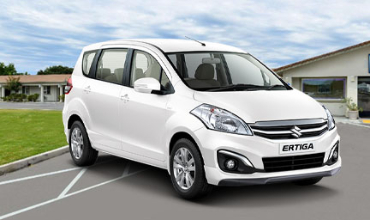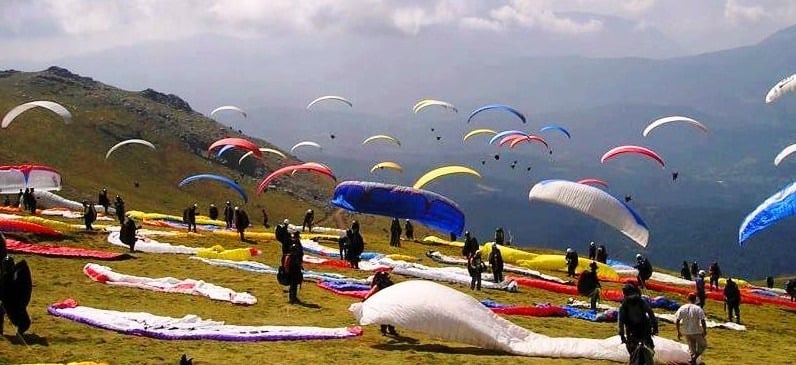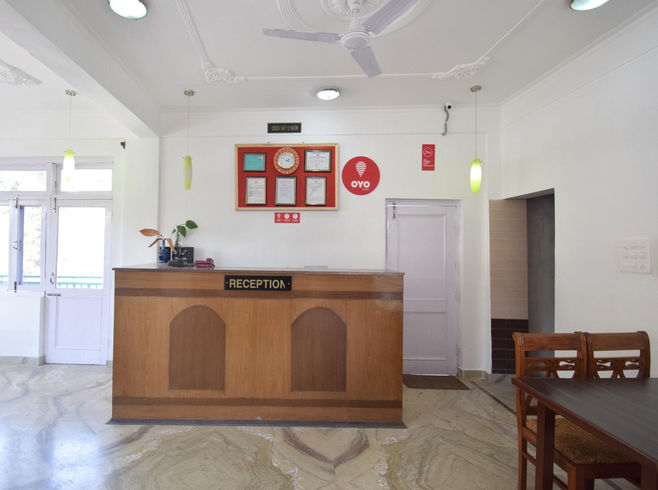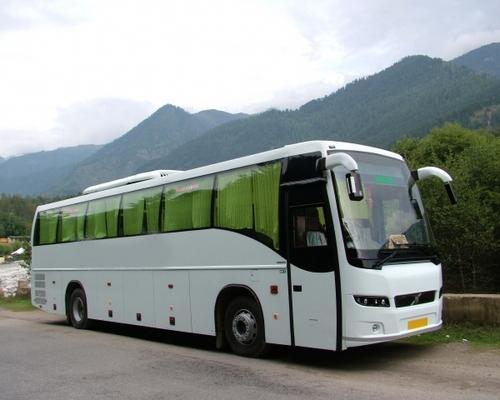Camping
Explore the world of camping with our comprehensive guide. Learn everything from selecting the right gear and choosing the perfect campsite to safety tips, outdoor cooking, and activities.
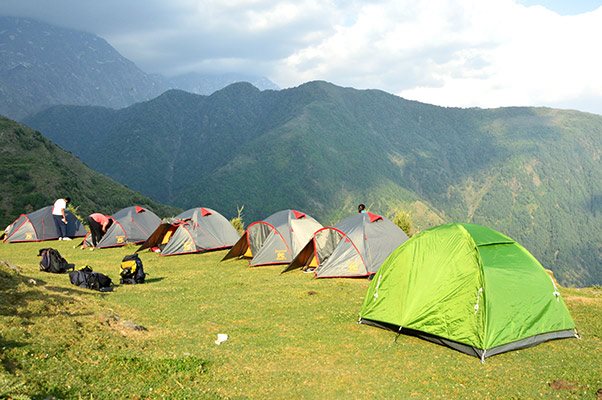
Camping offers a unique opportunity to connect with nature, unwind from daily stress, and enjoy the great outdoors. From pitching a tent under the stars to cooking meals over a campfire, camping can be both a thrilling adventure and a relaxing escape. This guide covers all aspects of camping to ensure you have a safe, enjoyable, and memorable experience.
Chapter 1: Planning Your Camping Trip
Choosing the Right Type of Camping
There are various types of camping, each offering different experiences:
- Tent Camping: The classic camping experience, involving pitching a tent in a campground or wilderness area.
- RV Camping: Provides the comfort of home on wheels, ideal for those who prefer more amenities.
- Backpacking: Involves hiking to a remote location with all your gear in a backpack, offering a more rugged and secluded experience.
- Glamping: Combines glamour and camping, featuring luxurious accommodations like yurts, cabins, or safari tents with upscale amenities.
Selecting a Campsite
Consider these factors when choosing a campsite:
- Location: Proximity to attractions, water sources, and trails.
- Facilities: Availability of restrooms, showers, and potable water.
- Accessibility: Ease of access for vehicles or foot traffic.
- Privacy: The level of seclusion you desire.
Booking and Permits
Some campsites require reservations and permits. Check the specific regulations of your chosen destination and book early, especially during peak seasons.
Chapter 2: Essential Camping Gear
Shelter and Bedding
- Tent: Choose a tent that suits your group size and weather conditions. Consider features like ease of setup, ventilation, and waterproofing.
- Sleeping Bag: Select a sleeping bag with an appropriate temperature rating for the season.
- Sleeping Pad or Air Mattress: Provides insulation and comfort.
Cooking and Food Storage
- Camp Stove: Portable stoves are convenient for cooking meals. Alternatively, you can cook over a campfire.
- Cookware: Bring pots, pans, utensils, and a cutting board.
- Cooler: Keeps perishable food fresh. Ensure it is bear-proof if camping in bear country.
- Food Storage: Use bear canisters or hang food from a tree to keep it safe from wildlife.
Clothing and Personal Items
- Layered Clothing: Dress in layers to adjust to changing temperatures. Include moisture-wicking base layers, insulating mid-layers, and waterproof outer layers.
- Footwear: Sturdy, comfortable hiking boots or shoes.
- Personal Items: Include toiletries, a first aid kit, sunscreen, insect repellent, and any necessary medications.
Chapter 3: Setting Up Camp
Pitching a Tent
Follow these steps for a secure and comfortable setup:
- Choose a Level Spot: Clear the area of debris and rocks.
- Lay Out the Tent: Position the tent with the entrance facing away from prevailing winds.
- Assemble the Poles: Insert the poles into the tent’s grommets or sleeves.
- Stake the Tent: Secure the tent with stakes at all corners.
- Attach the Rainfly: If your tent has a rainfly, attach it for added weather protection.
Building a Campfire
Ensure you are in a designated fire area and follow these steps:
- Gather Materials: Collect dry tinder, kindling, and firewood.
- Build the Fire: Arrange tinder in the center, surround it with kindling, and stack firewood in a teepee or log cabin shape.
- Ignite the Fire: Light the tinder with matches or a lighter, and gently blow on the flame to help it grow.
- Maintain the Fire: Add wood as needed and keep a bucket of water nearby for safety.
Camp Kitchen Setup
- Designate a Cooking Area: Set up your stove or firepit away from sleeping areas.
- Organize Your Supplies: Keep cooking utensils, food, and water easily accessible.
- Practice Leave No Trace: Pack out all food scraps and trash.
Chapter 4: Outdoor Cooking and Meals
Meal Planning
Plan simple, nutritious meals that are easy to prepare:
- Breakfast: Options include oatmeal, pancakes, eggs, and coffee.
- Lunch: Pack sandwiches, wraps, and salads.
- Dinner: Cook hearty meals like pasta, chili, grilled meats, and vegetables.
- Snacks: Bring trail mix, jerky, fruit, and granola bars.
Cooking Techniques
- Campfire Cooking: Use a grill grate, Dutch oven, or skewers.
- One-Pot Meals: Simplify cooking and cleanup by preparing meals in a single pot.
- Foil Packets: Wrap ingredients in foil and cook over coals for easy, mess-free meals.
Food Safety
- Keep Food Cold: Use a cooler with ice packs and store perishables properly.
- Avoid Cross-Contamination: Use separate cutting boards and utensils for raw and cooked foods.
- Store Food Safely: Protect food from wildlife by storing it in bear-proof containers or hanging it from a tree.
Chapter 5: Activities and Entertainment
Hiking and Exploring
- Trail Selection: Choose trails that match your fitness level and interests.
- Navigation: Use maps, GPS devices, or trail markers to stay on course.
- Wildlife Viewing: Observe animals from a safe distance and respect their habitat.
Water Activities
- Swimming: Enjoy lakes, rivers, or beaches with appropriate safety measures.
- Fishing: Check local regulations and obtain necessary permits.
- Boating: Canoeing, kayaking, and paddleboarding are great ways to explore waterways.
Camp Games and Hobbies
- Games: Bring card games, board games, or sports equipment.
- Stargazing: Use a star chart or app to identify constellations.
- Nature Photography: Capture the beauty of your surroundings with a camera.
Chapter 6: Camping Safety and First Aid
Weather Awareness
- Check Forecasts: Be prepared for changing weather conditions.
- Pack Accordingly: Bring rain gear, extra clothing, and emergency supplies.
Wildlife Safety
- Bear Safety: Store food properly, use bear-proof containers, and make noise while hiking to avoid surprise encounters.
- Insect Protection: Use insect repellent and wear long sleeves to protect against bites.
First Aid
- Basic Kit: Include bandages, antiseptic wipes, pain relievers, and tweezers.
- Common Injuries: Know how to treat cuts, scrapes, blisters, and insect stings.
- Emergency Plan: Have a plan for contacting help and getting to safety in case of serious injury.
Chapter 7: Leave No Trace Principles
Respect Wildlife
Observe animals from a distance and do not feed them. Protect natural habitats by staying on designated trails.
Minimize Impact
- Camp on Durable Surfaces: Use established campsites and trails.
- Dispose of Waste Properly: Pack out all trash and leftover food.
- Leave What You Find: Do not disturb natural features or cultural artifacts.
Chapter 8: Camping with Kids and Pets
Family-Friendly Camping
- Choose Suitable Campsites: Look for sites with amenities and activities for children.
- Engage Kids in Activities: Plan nature walks, scavenger hunts, and campfire stories.
- Safety Precautions: Keep a close eye on children and teach them basic safety rules.
Camping with Pets
- Pet-Friendly Campsites: Confirm that your chosen campsite allows pets.
- Prepare Your Pet: Bring their food, water, leash, and bedding.
- Respect Wildlife and Other Campers: Keep pets under control and clean up after them.
Chapter 9: Top Camping Destinations
National Parks
Explore iconic landscapes and abundant wildlife at national parks like Yellowstone, Yosemite, and the Great Smoky Mountains.
State Parks
Discover scenic beauty and outdoor activities at state parks across the country.
Wilderness Areas
For a more rugged experience, camp in designated wilderness areas where you can enjoy solitude and pristine nature.
Chapter 10: The Future of Camping
Sustainable Camping Practices
Adopt eco-friendly habits to protect the environment:
- Use Renewable Energy: Solar-powered lanterns and chargers.
- Biodegradable Products: Choose biodegradable soap, toothpaste, and trash bags.
- Conserve Resources: Minimize water and energy use.
Technological Advances
Stay informed about new camping gear and technologies that enhance safety and comfort, such as lightweight tents, portable power sources, and advanced navigation tools.
Conclusion
Camping is a rewarding way to immerse yourself in nature and create lasting memories with family and friends. By planning carefully, packing the right gear, and following safety guidelines, you can enjoy a safe, comfortable, and unforgettable camping experience.
FAQs
1. What is the best season for camping?
Answer: The best season for camping depends on your location and preferences. Spring and fall offer mild weather, while summer is ideal for higher elevations. Winter camping can be enjoyable with proper gear and preparation.
2. How do I choose a camping spot?
Answer: Choose a spot based on proximity to activities, available facilities, and your desired level of privacy. National and state parks often have designated campgrounds with various amenities.
3. What should I pack for a camping trip?
Answer: Pack essential gear like a tent, sleeping bag, camp stove, cookware, clothing, food, water, and a first aid kit. Adjust your packing list based on the duration and location of your trip.
4. How do I keep food safe from animals?
Answer: Store food in bear-proof containers or hang it from a tree. Keep your campsite clean and dispose of food waste properly to avoid attracting wildlife.
5. What are some easy camping meals?
Answer: Easy camping meals include sandwiches, pasta, grilled meats, and one-pot dishes like chili or stew. Bring snacks like trail mix, fruit, and granola bars.
6. Can I camp with young children?
Answer: Yes, camping with young children can be a fun experience. Choose family-friendly campsites, involve them in activities, and ensure their safety with proper supervision and gear.
7. Is it safe to camp alone?
Answer: Solo camping can be safe with proper preparation. Inform someone of your plans, choose a secure campsite, and follow safety guidelines like setting up camp before dark and keeping a means of communication.
8. How do I stay warm while camping in cold weather?
Answer: Stay warm by using a sleeping bag rated for low temperatures, dressing in layers, and insulating your sleeping area with a sleeping pad or air mattress. Bring extra blankets and a warm hat.
9. How do I start a campfire safely?
Answer: Start a campfire in a designated fire pit. Gather dry tinder, kindling, and firewood, and build the fire gradually. Keep a bucket of water nearby and never leave the fire unattended.
10. What is Leave No Trace?
Answer: Leave No Trace is a set of principles for minimizing your impact on the environment. It includes practices like packing out trash, respecting wildlife, and camping on durable surfaces.

